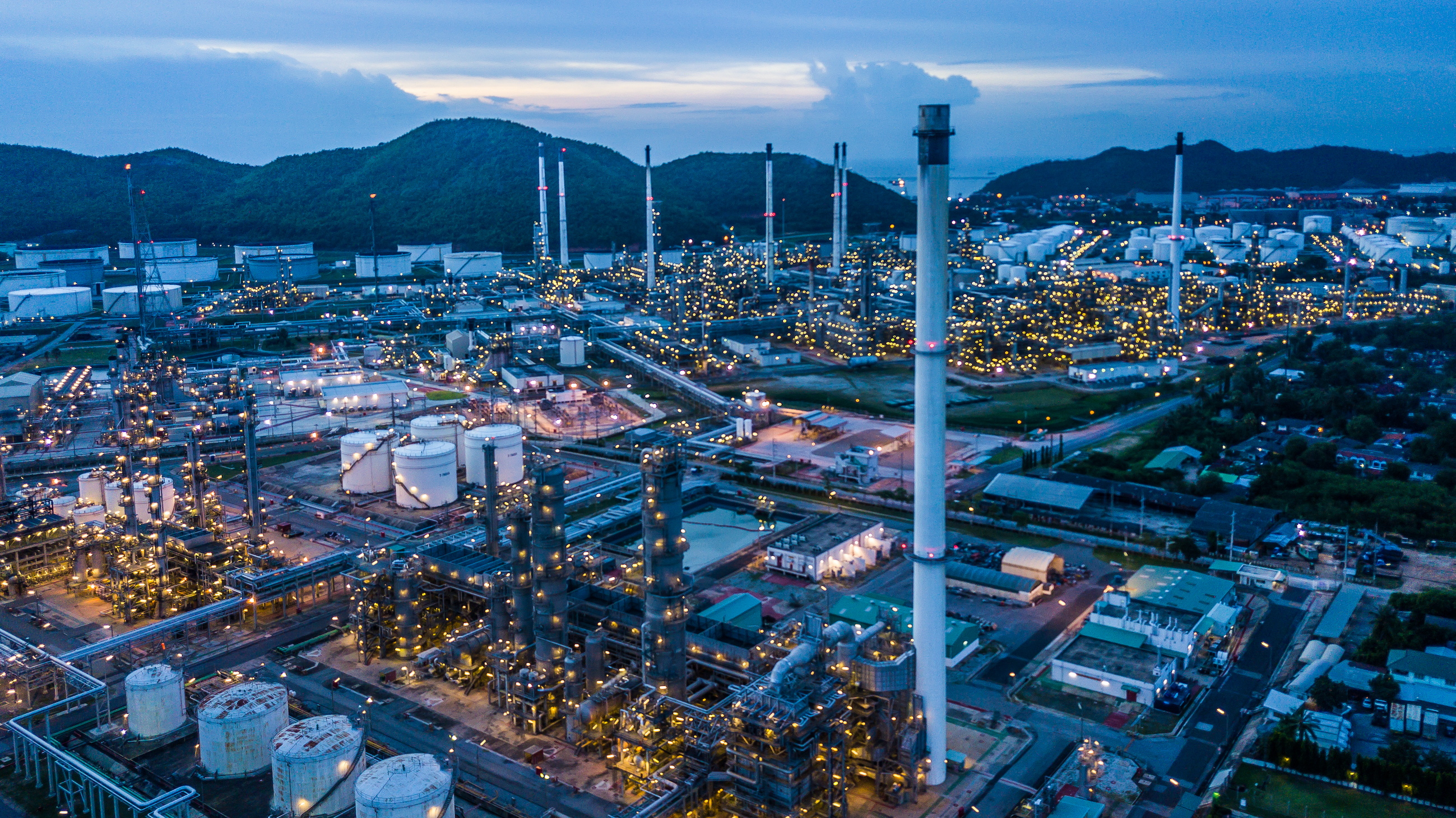Singapore research firm sways against LNG investments
- November 3, 2023
- 0

Singapore-based Asia Research and Engagement (ARE) suggests that Southeast Asian nations, particularly the Philippines and Vietnam, must reevaluate their energy strategies heavily reliant on liquefied natural gas (LNG) as a transitional energy source.
In a report by the Inquirer, the research and investor relations firm highlighted that LNG, which constituted 17% of the Philippines’ power fuel in 2022 demonstrated higher carbon dioxide emissions than anticipated.
The findings from ARE revealed that when considering upstream emissions, including those released during shipment and production, fugitive methane emissions are anticipated to surpass those of coal in the long term.
Furthermore, the study explained that methane, a primary element of natural gas, is consistently leaked throughout the life cycle of LNG.
Despite the Philippines’ urging for an increase in renewable energy (RE) development targets, 60% of the nation’s power requirements are still met by coal, hence why the government advocated for LNG as a transitional fuel, citing its lower emissions than coal.
In August, the Department of Energy (DOE) introduced a preliminary circular outlining the policy framework for LNG development, even suggesting a mandate for distribution utilities to procure a portion of their electricity needs from gas-fired power plants.
The country already had plans that were underway to construct seven LNG terminals, totaling $13.6 billion in combined investments.
However, critics, including the Institute for Energy Economics and Financial Analysis (IEEFA) cautioned that this extensive venture raised the risk of some projects encountering challenges in securing long-term buyers, potentially leading to underutilization or incomplete projects.
Moreover, IEEFA stressed that retail power customers, under the Electric Power Industry Reform Act of 2001, have the freedom to select their power provider, which could result in hesitancy to commit to long-term fuel purchase agreements.
The Philippines heavily relies on imported LNG to support gas-fired power plants as it currently possesses only one domestic gas field— the dwindling Malampaya, situated offshore northwest of the Palawan province.